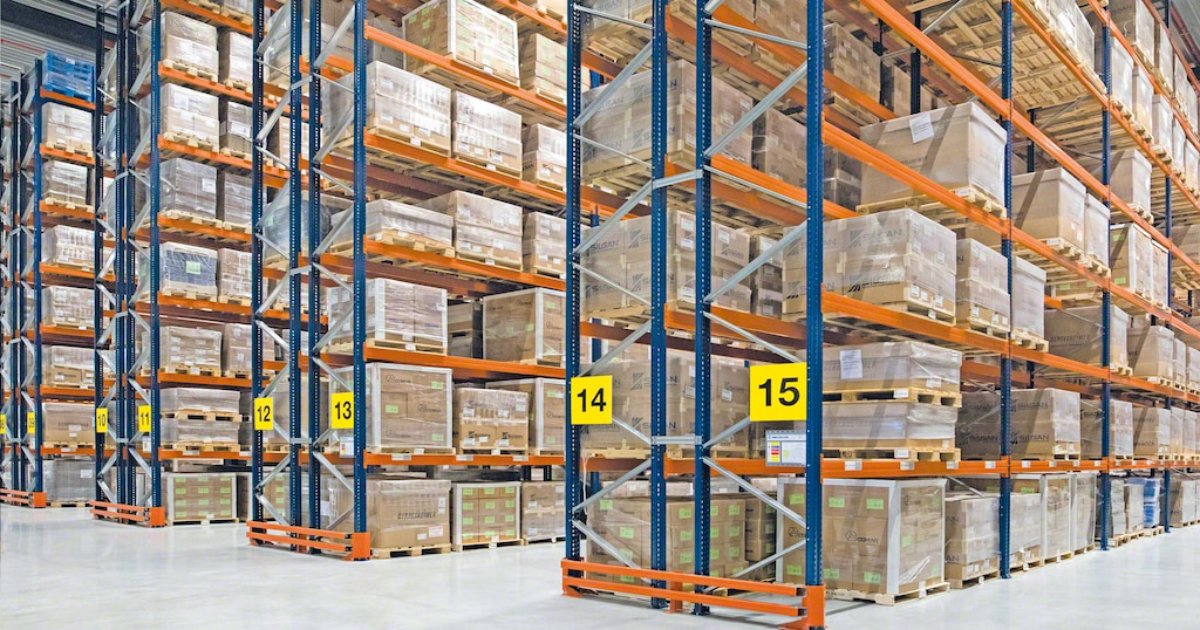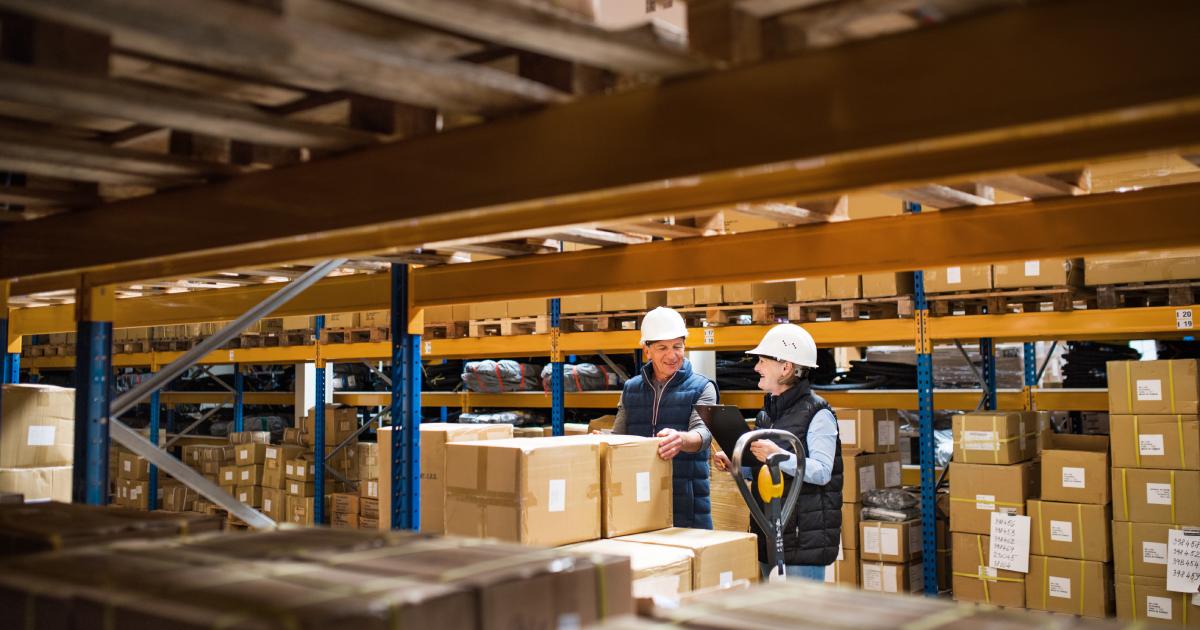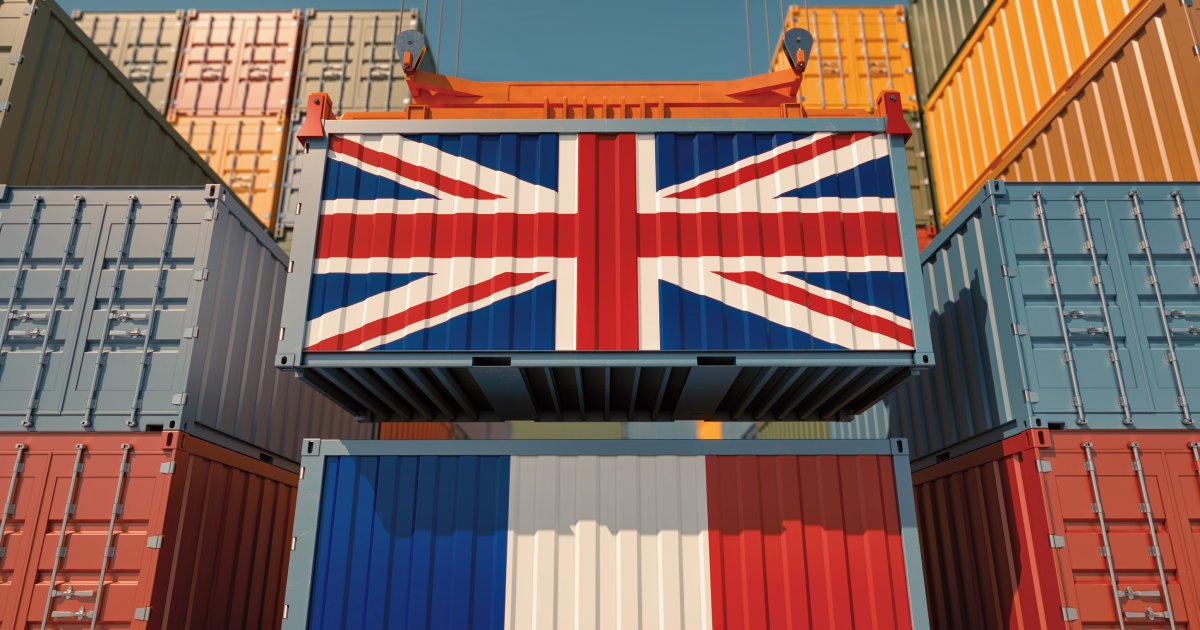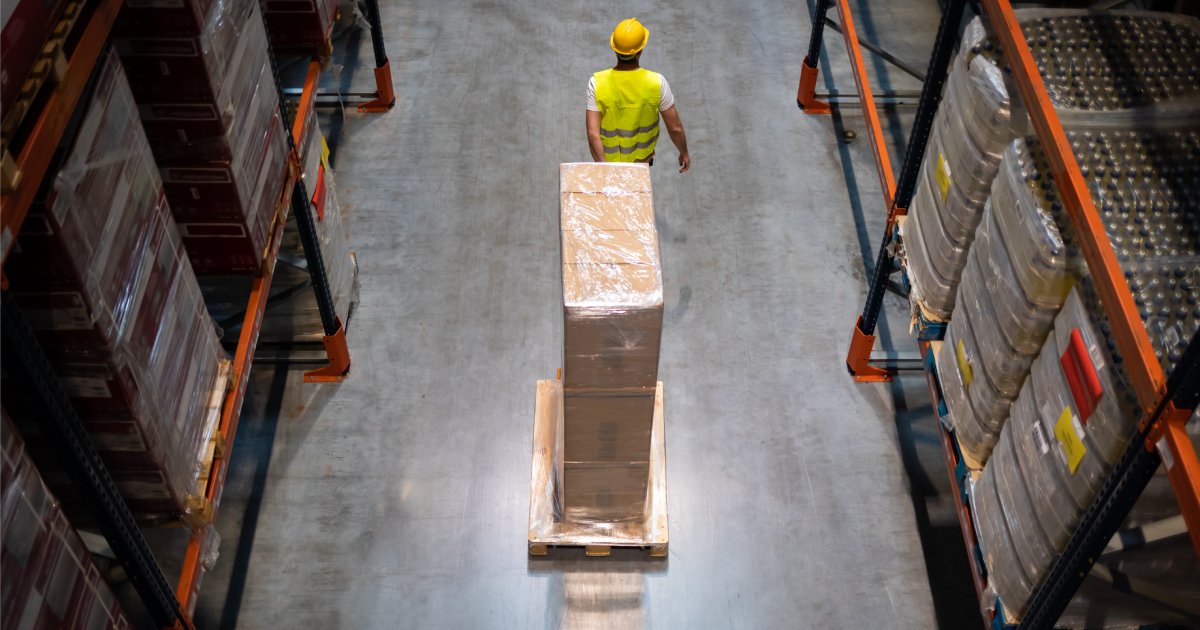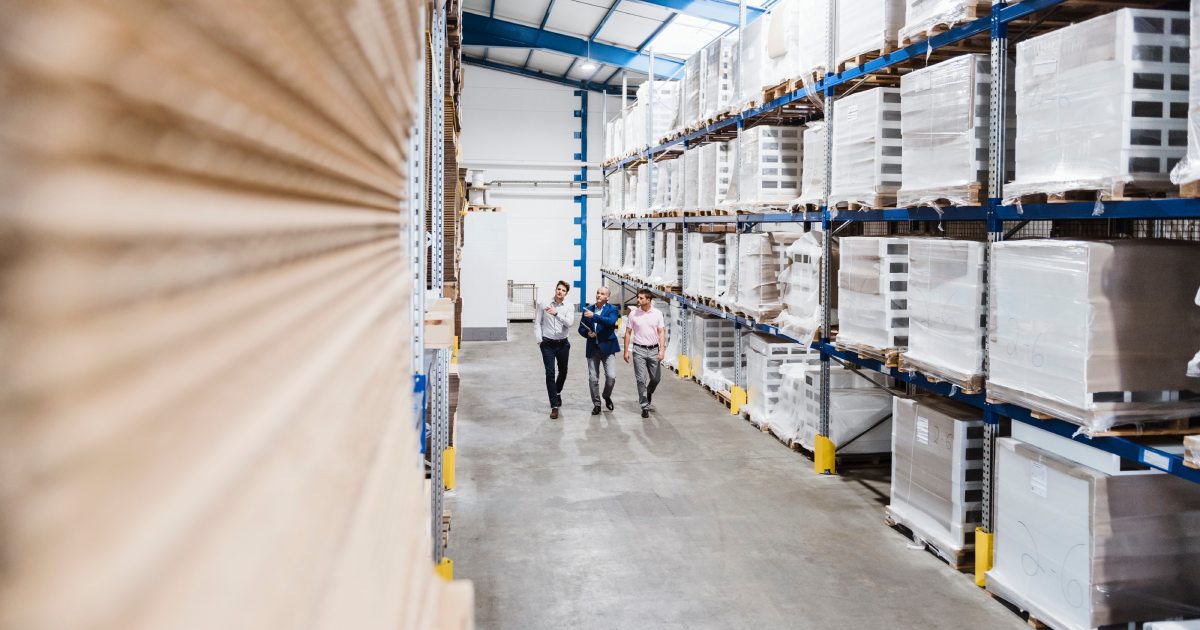Moving over to a third-party logistics provider (3PL) when you’re in supply chain management can seem like a complex beast.
Businesses can often find themselves at a crucial juncture: whether to maintain and manage their own fleet or to explore the advantages of partnering with a 3PL company.
Once you know all the pros and cons of transitioning to a 3PL, you’ll be able to know whether the change is for you or not at this stage of your brand’s journey. This decision is akin to standing at a T junction, requiring careful consideration of various factors.
In this blog post, we’ve delved into the pros and cons of transitioning to a 3PL to help you make an informed decision that aligns with your business goals.
Pros of moving to a 3PL:
- Cost Efficiency: One of the primary advantages of outsourcing logistics to a 3PL is the potential for cost savings. Businesses can leverage the 3PL’s existing infrastructure, technology, and expertise, eliminating the need for significant upfront investments in fleet maintenance, storage facilities, and transportation equipment.
- Focus on Core Competencies: Partnering with a 3PL allows businesses to redirect their focus and resources towards their core competencies. By outsourcing logistics operations, companies can concentrate on product development, marketing, and other aspects that directly contribute to their competitive advantage.
- Scalability: 3PL providers often have scalable solutions that can adapt to fluctuations in demand. This flexibility allows businesses to efficiently scale their operations up or down without the burden of managing a fixed fleet size.
- Expertise and Technology: 3PL companies specialise in logistics and supply chain management. By tapping into their expertise, businesses can benefit from advanced technologies, real-time tracking, and data analytics that optimise the entire supply chain process.
- Global Reach: For companies with global operations, partnering with a 3PL provides access to a network of established international logistics partners. This can streamline cross-border shipping, customs compliance, and overall global supply chain management.
Cons of moving to a 3PL:
- Loss of Control: One of the main concerns when transitioning to a 3PL is the potential loss of control over certain aspects of the supply chain. While the 3PL manages logistics operations, businesses may feel less hands-on in decision-making processes.
- Dependency on External Factors: Relying on a third-party provider introduces an element of dependency on their performance. Issues such as communication breakdowns, delays, or changes in the 3PL’s business model can impact the efficiency of your supply chain.
- Customisation Challenges: Some businesses require highly customised logistics solutions that may not align with the standardised offerings of a 3PL. This lack of flexibility can be a drawback for companies with unique or specialised logistics needs.
- Initial Transition Costs: While outsourcing logistics can lead to long-term cost savings, there may be initial transition costs associated with integrating systems, training staff, and adapting to the new partnership. It’s essential to factor in these costs when making the decision.
- Potential for Misalignment: A misalignment of values, goals, or priorities between the business and the 3PL can lead to challenges. It’s crucial to thoroughly vet potential partners to ensure their values and capabilities align with the needs of the business.
Conclusion
The decision to transition to a 3PL is a significant one, and businesses must weigh the pros and cons based on their unique circumstances.
While cost savings, scalability, and access to expertise are compelling reasons to consider a 3PL, it’s essential to carefully evaluate potential drawbacks such as loss of control and customisation challenges.
Ultimately, a successful transition requires thorough research, clear communication, and strategic alignment between the business and the chosen 3PL partner.
By navigating this decision thoughtfully, businesses can optimise their supply chain operations and position themselves for long-term success.
